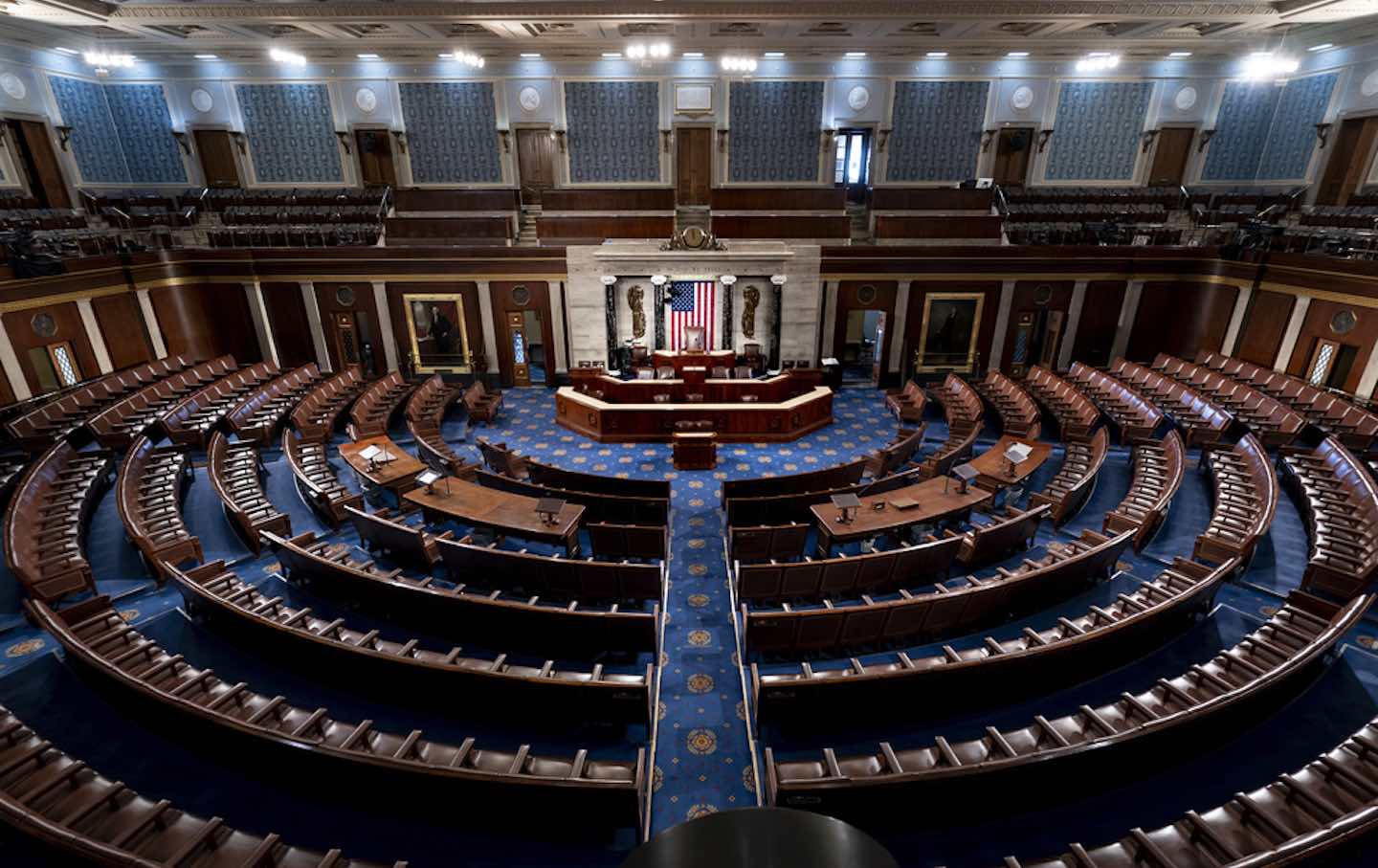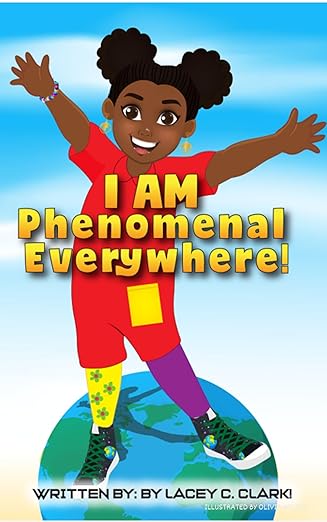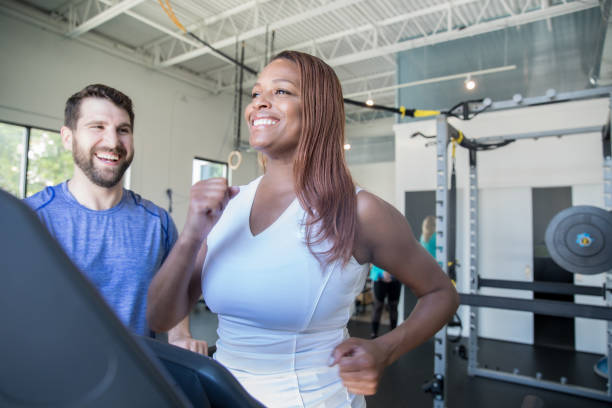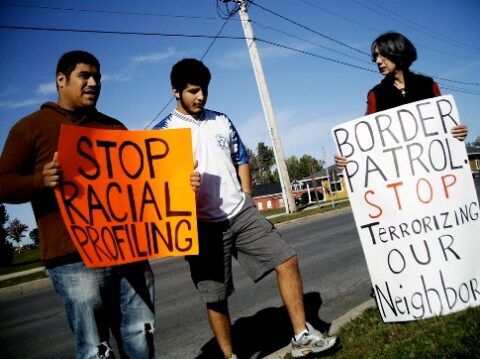(Akiit.com) NEW YORK, NY – Nearly 60 percent of African-American children cannot swim, almost twice the figure for white children, according to a first-of-its-kind survey which USA Swimming hopes will strengthen its efforts to lower minority drowning rates and draw more blacks into the sport.
Stark statistics underlie the initiative by the national governing body for swimming. Black children drown at a rate almost three times the overall rate. And less than 2 percent of USA Swimming’s nearly 252,000 members who swim competitively year-round are black.
USA Swimming is teaming with an array of partners — local governments, corporations, youth and ethnic organizations — to expand learn-to-swim programs across the United States, many of them targeted at inner-city minorities. One of the key participants is black freestyle star Cullen Jones, who hopes to boost his role-model status by winning a medal this summer at the Beijing Olympics.
USA Swimming’s motives are twofold, executive director Chuck Wielgus said.
“It’s just the right thing to do — making an effort so every kid can be water-safe,” he said. “And quite frankly it’s about performance. We’re something of a niche sport and for us to remain relevant, considering the changing demographics of the population, it’s important we get more kids involved at the mouth of the pipeline.”
Study surveyed nearly 1,800 children
As part of the initiative, USA Swimming commissioned an ambitious study recently completed by five experts at the University of Memphis’ Department of Health and Sports Sciences. They surveyed 1,772 children aged 6 to 16 in six cities — two-thirds of them black or Hispanic — to gauge what factors contributed most to the minority swimming gap.
The study found that 31 percent of the white respondents could not swim safely, compared to 58 percent of the blacks. The non-swimming rate for Hispanic children was almost as high — 56 percent — although more than twice as many Hispanics as blacks are now USA Swimming members.
The lead researcher, Professor Richard Irwin, said one key finding was the influence of parents’ attitudes and abilities. If a parent could not swim, as was far more likely in minority families than white families, or if the parent felt swimming was dangerous, then the child was far less likely to learn how to swim.
Irwin said this means learn-to-swim programs in minority communities should reach out to parents.
Disparity has a long history
The minority swimming gap has deep roots in America’s racial history. For decades during the 20th century, many pools were segregated, and relatively few were built to serve black communities.
John Cruzat, USA Swimming’s diversity specialist, said these inequalities were compounded by a widespread misperception — fueled by flawed academic studies — that blacks’ swimming ability was compromised by an innate deficit of buoyancy.
“There are people who still give credence to these stereotypes, even in the black and Hispanic community,” said Cruzat, who wants to break the cycle that passes negative attitudes about swimming from one black generation to another.
“These long-held beliefs are still so potent,” he said. “If you don’t teach your children to swim, you’re putting your grandchildren at risk.”
Cruzat was pleased by one finding in the new study — that most black and Hispanic children do not disdain swimming as a “white sport.” The study also found that swimming ability, regardless of race, increased in relation to parents’ income and education.










Leave a Reply